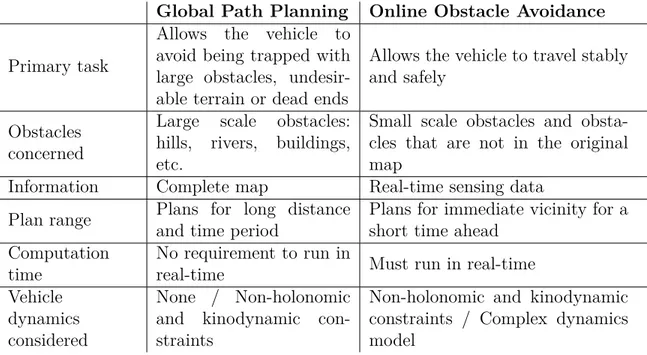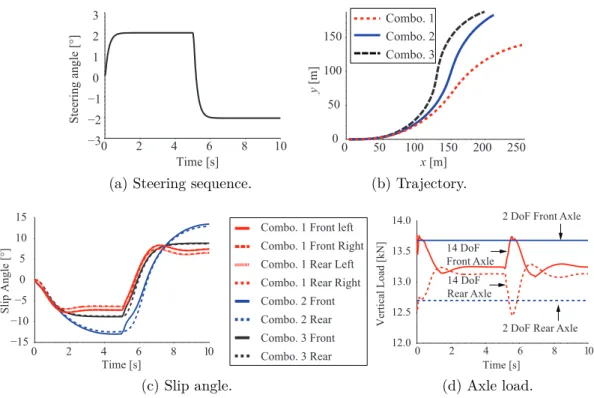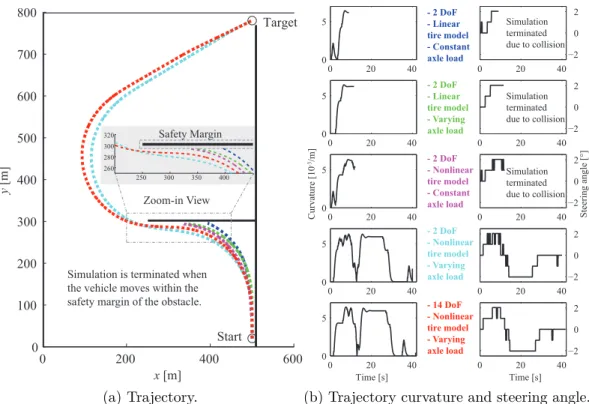High-Speed Obstacle Avoidance at the Dynamic Limits for Autonomous Ground Vehicles
Full text
Figure




Related documents
2012 SOFA New York 2012 - represented by Lacoste Gallery 2011 SOFA New York - represented by Lacoste Gallery.. 2010 SOFA Chicago - represented by Lacoste Gallery 2009 SOFA Chicago
Implementation of treatment process and guideline variance tracking systems also await further development in the field.. The greatest barrier to tracking the process of treatment
* This paper is presented to the 2nd KRIS-Brookings Joint Conference on "Security and Diplomatic Cooperation between ROK and US for the Unification of the
Effective as of October 2010 irradiated food manufacturers and importers must ensure that irradiated food manufactured or sold in Thailand must be labeled in accordance with
This is because; in NewReno, congestion control is based on the packet loss detection and the NewReno updates its transmission rate (congestion window size) using
KEY WORDS: uncertainty quantification, stochastic collocation, probabilistic collocation method, Monte Carlo, principal component analysis, dependent input distributions,
We are interested in joint projects focused on development of international relations, knowledge triangle education-research-innovation, University management and
Finally, the lim- iting convenience yield, like the limiting forward price, does not depend on the current demand state or inventory level.. Comparing the implied





